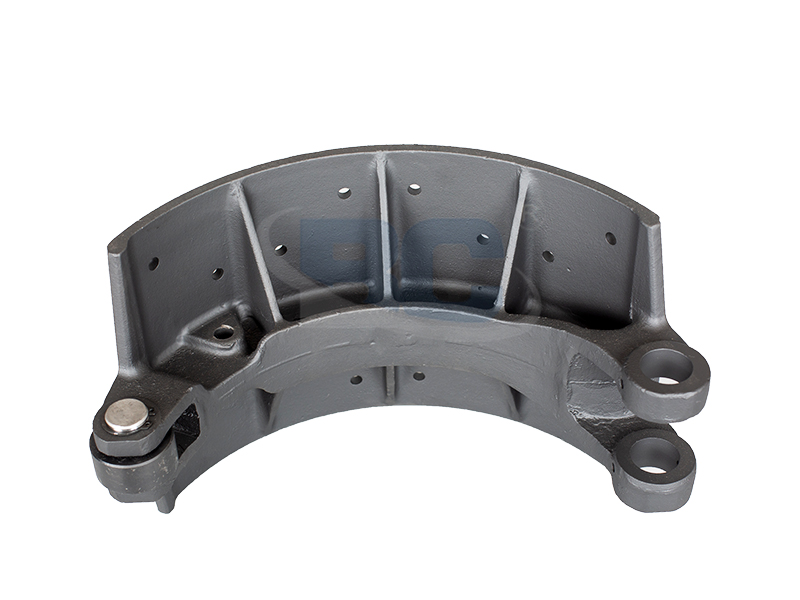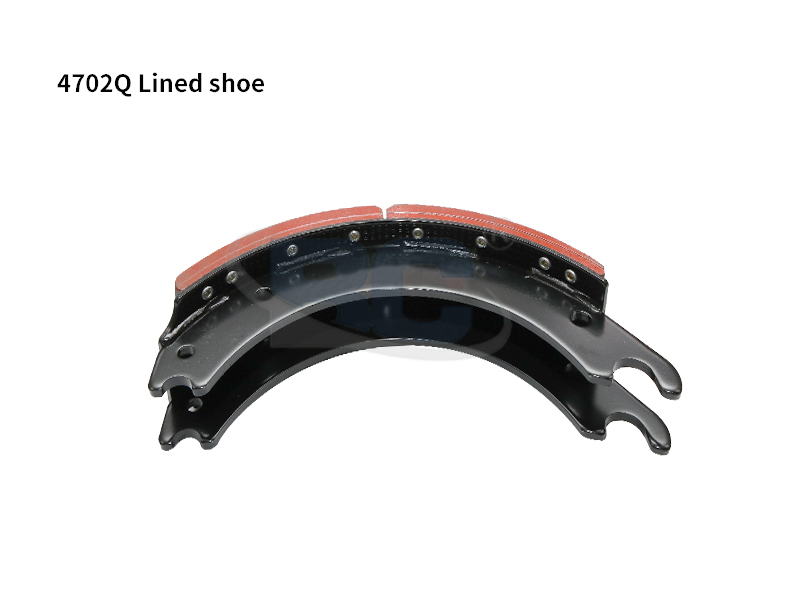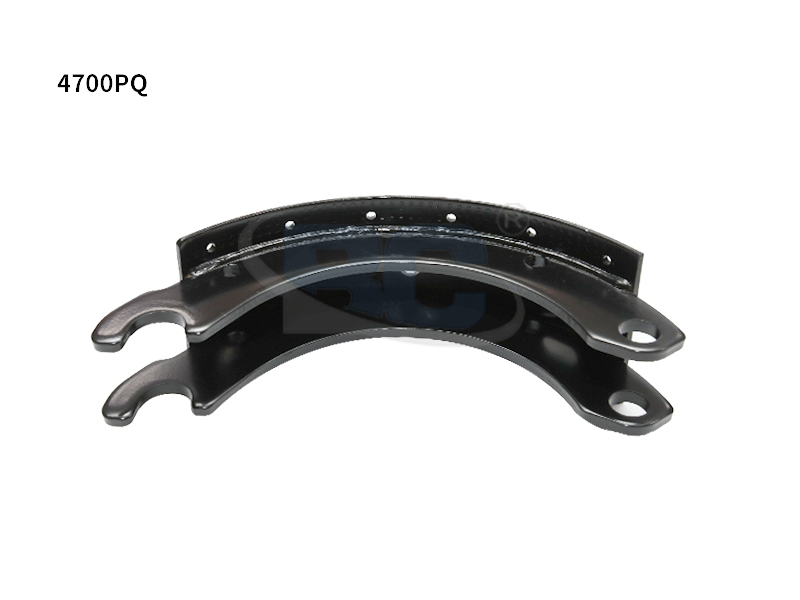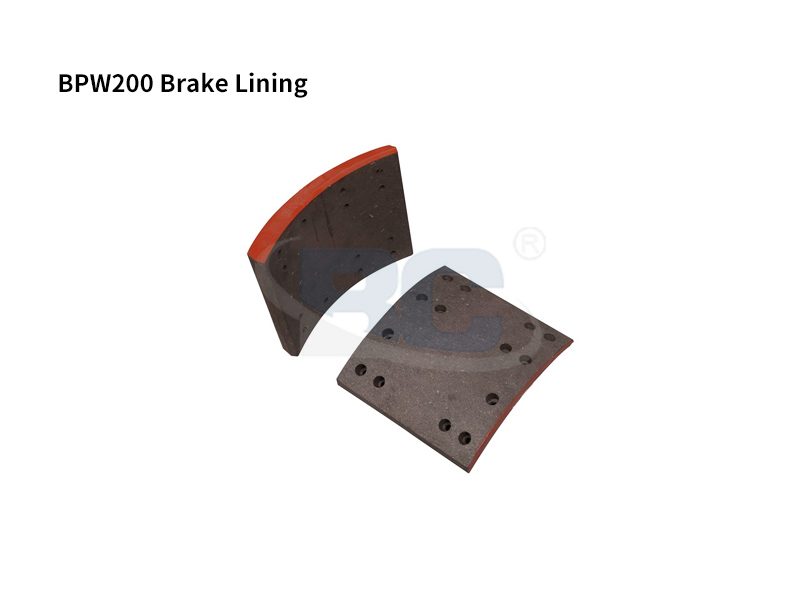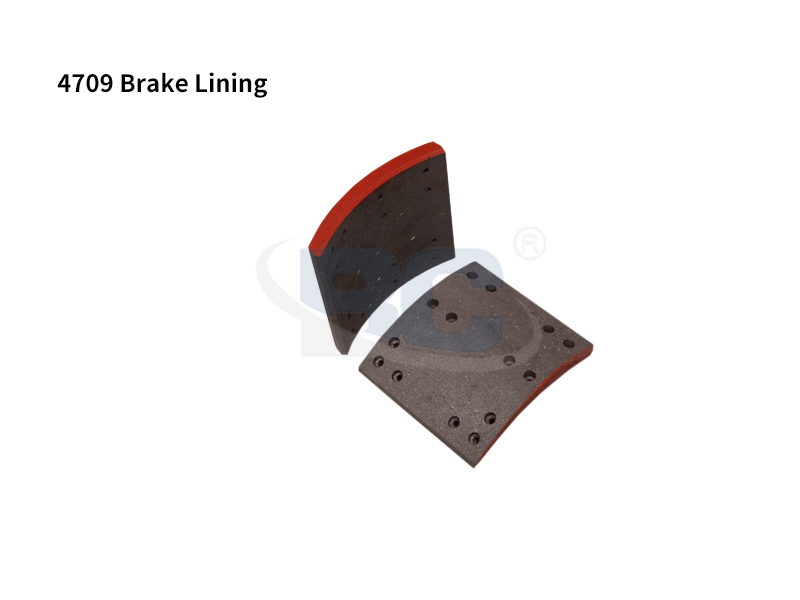What Is a Steel Brake Shoe?
The Steel Brake Shoe is a type of brake component used to stop a vehicle. It works with both disc and drum brakes. It has several applications in the automobile, railway, cycling, and agricultural industries. Many different types are available. Historically, brake shoes were made from asbestos, but the dangers of asbestos led to the development of alternative materials. Today, brake shoes are often made from alloys with heat-resistant properties.
The brake shoe is an important part of the drum braking system. It produces the friction needed to slow a car by pressing the brake lining against the brake drum. The friction material that is attached to the brake shoe is very abrasive. The more pressure on the brake shoe, the greater the braking force produced and the more heat generated.
When brake shoes wear out, their capacity to stop a vehicle will diminish. As a result, they become more difficult to engage and release. When this happens, the car won't respond as well as it should during braking, which will cause it to sag or roll. Changing brake shoes can be an easy, affordable option.
Brake shoes work similar to brake pads, but differ slightly. During braking, the shoe makes contact with a disc that is connected to the wheel. Disc brakes generate a large amount of heat and the shoes must take this into account. Because of their location, brake shoes must be near the wheel and apply immense pressure to it. However, they must remain clear of the wheel when the vehicle is not in motion.
The brake shoe is made of a metal alloy that is a combination of steel and iron oxide. These alloys have various properties that can affect brake performance. The iron oxides that are in the brake shoe can weaken the bond between the disc and the brake pad. This, in turn, can compromise the adhesion of paint to the steel disc brake shoe.
The basic design of the brake drum is called the leading/trailing drum brake. The leading shoe drags into the friction surface of the drum, while the trailing shoe is thrown away from it. This design is less effective when the vehicle is moving in reverse. It can be used on either the front or rear of a vehicle.
A semi-metallic brake pad is used in the majority of modern vehicles. It consists of synthetic fibres and metal and moulded into pre-set shapes and baked in a furnace. The metal element makes the compound more resistant to heat than the synthetic material. The metal element also reduces the friction coefficient of the brake pad, which means that you need to exert more pedal pressure to achieve the same amount of braking force.
High-temperature brake pads are used in high-performance vehicles, but these are not necessary for street vehicles. Street cars rarely reach their optimal braking temperature, and stock pads can overheat if the car is driven very hard. In addition, the stock pads can cause the brake pedal to feel long. In contrast, brake pads designed for endurance or sprint racing prioritize longevity and coefficient of friction.
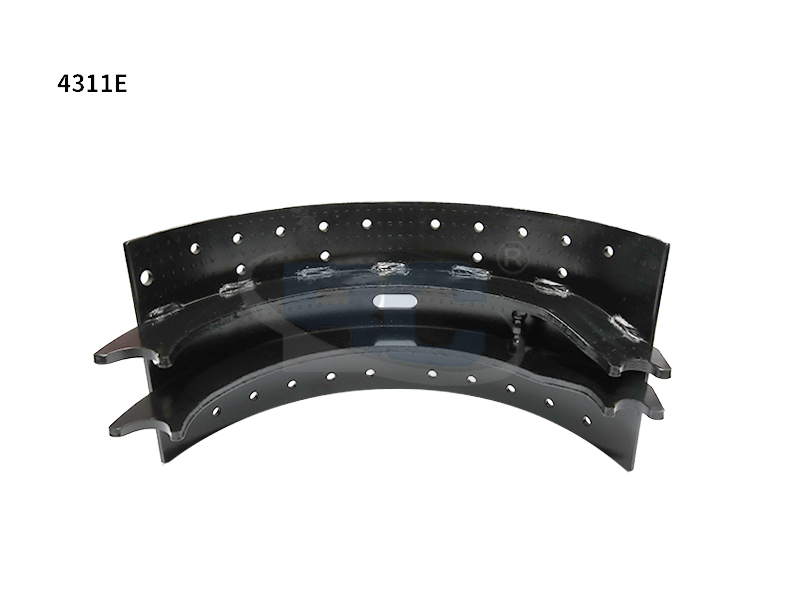
4311E Brake Shoe
Part Number:4311E
Product Size:16.5"*7"mm
Number of rivet holes:28

 English
English 简体中文
简体中文